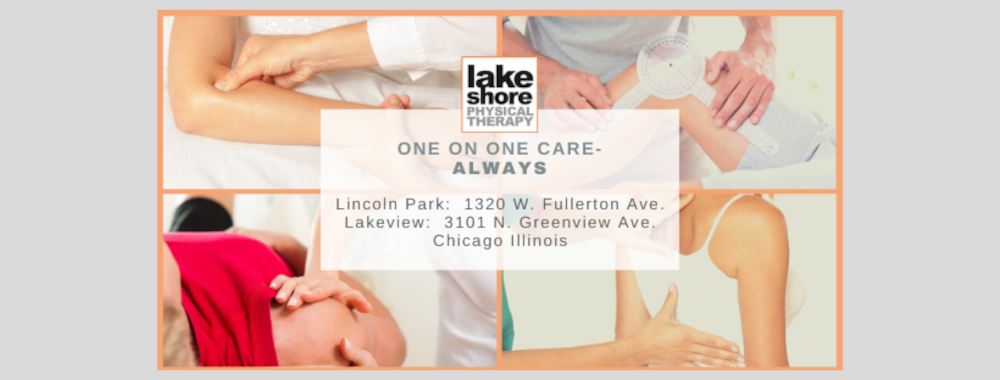 |
| by Julia Glick, PT |
Whether we've tripped over an unexpected item in our home or over our own feet walking down the sidewalk, nearly all of us have taken a tumble - and those risks only increase for older adults. In fact, up to one third of people over 65 will have a fall each year (Sherrington et al. 2016), so balance and fall prevention is a huge part of what we look at in the clinic. Since there are already many resources that discuss the negative impacts of poor balance and falls - especially in the elderly - let's focus on balance and its relationship to calf strengthening.
But first, how do we define balance? According to a 2012 Cochrane review, balance is “the ability to stay upright and steady when stationary and during movement.” Let's break that down a little bit: if you are walking, sitting, standing, running, or even juggling balance is your ability to stay upright. If you start losing your balance or falling, balance also includes the ability to return to the upright position. It is thought that balance declines with age for a variety of reasons such as decreased strength, range of motion, reaction time, and awareness of where the body is in space (proprioception) (Howe et al. 2012).
Naturally, there are a number of interventions to help patients improve their balance. In a 2016 study by Maritz and Silbernagel, patients were given a general balance training program, but what was novel about it was that it incorporated calf strengthening. The researchers found that the group that incorporated single leg calf raises over 5 weeks into their program had greater improvements in balance than the group that did not. But why would doing calf raises make someone’s balance better?
A study conducted by Fujiwara et al. (2011) helps shed some light on why calf strengthening may help with balance. In this study, participants performed 100 calf raises daily for 2 months. They showed improved strength of the soleus (part of the calf) and improved reaction time with reaching activities. Fujiwara et al. suggested that calf strengthening promoted these improvements by promoting an "ankle strategy" with balance. Calf strengthening has the potential to improve someone’s ability to react quickly with small ankle movements and other postural muscles to prevent the need to take a big step if someone loses their balance. A smaller movement requires less energy and decreases the chances of someone stepping wrong and getting hurt.
 |
| Single leg calf raises |
 |
| Double leg calf raises |
References:
Fujiwara, K., Toyama, H., Asai, H., Yaguchi, C., Irei, M., Naka, M., & Kaida, C. (2011). Effects of Regular Heel-Raise Training Aimed at the Soleus Muscle on Dynamic Balance Associated With Arm Movement in Elderly Women. Journal of Strength and Conditioning Research, 25(9), 2605–2615. doi: 10.1519/jsc.0b013e3181fb4947
Howe TE, Rochester L, Neil F, Skelton DA, Ballinger C. Exercise for improving balance in older people. Cochrane Database of Systematic Reviews 2011, Issue 11. Art. No.: CD004963. DOI: 10.1002/14651858.CD004963.pub3
Maritz CA, Silbernagel KG. A prospective cohort study on the effect of a balance training program, including calf muscle strengthening, in community-dwelling older adults. Journal of Geriatric Physical Therapy 2016; 39:125-131.
Sherrington C, Tiedemann A, Fairhall NJ, Hopewell S, Michaleff ZA, Howard K, Clemson L, Lamb SE. Exercise for preventing falls in older people living in the community. Cochrane Database of Systematic Reviews 2016, Issue 11. Art. No.: CD012424. DOI: 10.1002/14651858.CD012424


